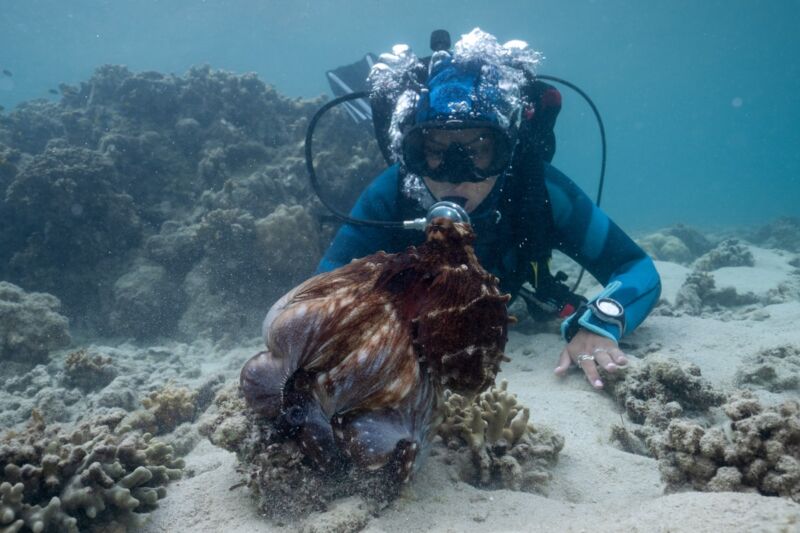-
chevron_right
Egg labels, egg-splained: from cage-free to free-range, how to eat ethically and economically
news.movim.eu / TheGuardian · 13:00
Egg cartons are labeled with all sorts of descriptors, making grocery shopping a confusing experience. Experts tell us what these labels mean and how to shop
Shopping for eggs at the grocery store can be a confusing experience. Cartons are labeled with all kinds of descriptors – natural, organic, cage-free, free-range – and some cost more at checkout. But what do they actually mean, and for ethically minded consumers, are they actually worth the money?
Protein-packed eggs are linked to relatively low carbon emissions compared with other land-based animal protein sources, but not all eggs are created equal when it comes to the environment, health or animal welfare, experts say.
Continue reading...


